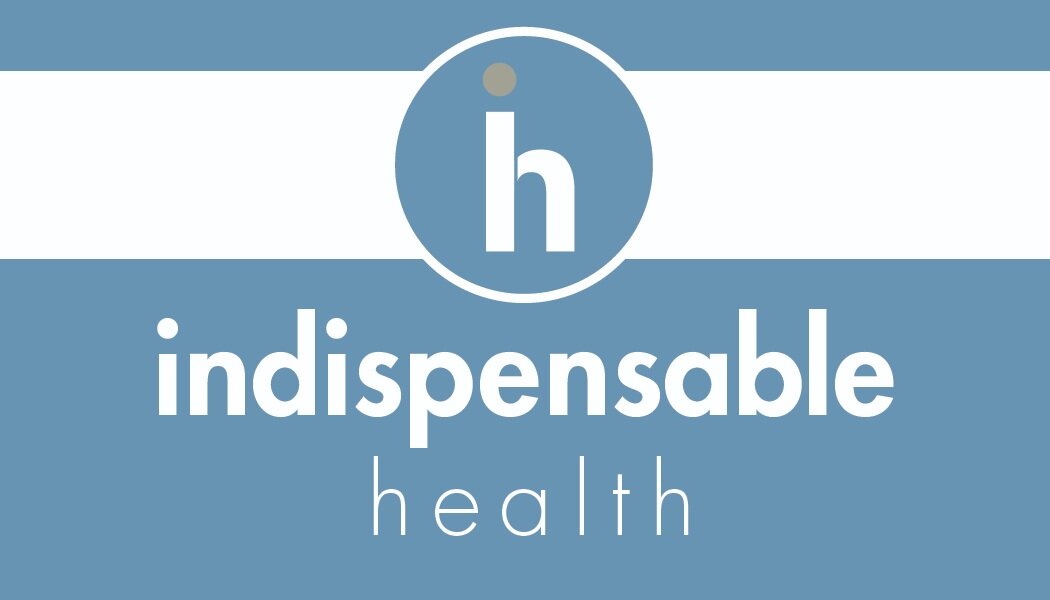Confused Drug Names
Confused Drug Names, Formerly Known as Look-Alike Sound-Alike (LASA) Medications
For many years, the Institute for Safe Medication Practices (ISMP), has acknowledged that similar medication names, brand or generic, pose a real risk of medication errors in any healthcare setting.
Recently, the nomenclature of Look-Alike Sound-Alike (LASA) medications were changed to Confused Drug Names. The majority of the LASA medications remain on the list of Confused Drug Names; however, the list has expanded to include newer agents that have the potential to be easily confused. For example, clonazePAM and cloZAPine have been easily confused due to their names looking similar. In an effort to differentiate the names, TALL MAN lettering was introduced to the medication names to bring attention to the key letters of DISSIMILARITY of each name.
ISMP Safeguard Strategies For a Healthcare Facility to Implementing Reducing Errors Related to Confused Drugs Names Within Their Formulary
Use Both the Brand and Generic Names on Prescriptions and Labels
Include the Purpose of the Medication on Prescriptions
Configure Computer Selection Screens to Prevent Look-Alike Names from Appearing Consecutively
Change the Appearance of Look-Alike Product Names to Draw Attention to Their Dissimilarities
Read More on ISMP’s Confused Drug Names
⚠️ High-Alert (High-Risk) Medications
High-Alert (High-Risk) Medications are similar to Confused Drug Names, however, these pose a sharpened risk increased with causing significant harm to a patient when they have been used by mistake. It is unknown if medication errors are more common with these types of drugs, however, the resulting consequences of an error are unmistakably more devastating to patients. Maintaining awareness of standardized storage and handling of High-Alert (High-Risk) medications is a best practice for ALL healthcare facilities in order to reduce the potential of significant harm these agents can cause a patient.
ISMP’s List of High-Alert Medications
Three Best Practices To Avoid Medication Errors with High-Alert Medications
Separate Storage
Auxiliary Labeling
Standardize Prescribing, Preparation, and Administration
The above three practices, in addition to ISMP’s safeguard strategies, are great starting points for any healthcare facility to begin to follow to reduce medication errors and mitigate patient harm.
Indispensable Health has had the pleasure to work with many of our clients to update their medication formularies to reflect current ISMP recommendations for Confused Drug Names, as well as, High-Alert Medications. For good reason, healthcare has many different compliance standards. Our pharmacy professionals are clinical regulations experts in how to make the pharmacy within that healthcare setting compliant from all angles, even details as small as ensuring there are clear labels on the medications known to be confused with another and especially for those that are High-Alert to prevent potentially disastrous medication errors.
Ambulatory Surgery Center Pharmacy Services
Discover how Indispensable Health’s ASCRx team can help your outpatient ambulatory surgery center’s pharmacy.
Pharmacy Management Services
Professional Pharmacy Management & Assistance is Available for Pharmacies. As No Pharmacy is Alike, Our Services Can Be Tailored to the Requirements of the Individual Pharmacy
Indispensable Health Pharmacy Services
Discover How Indispensable Health can be of Service to your Pharmacy Through Our Range of Pharmacy Service Departments












